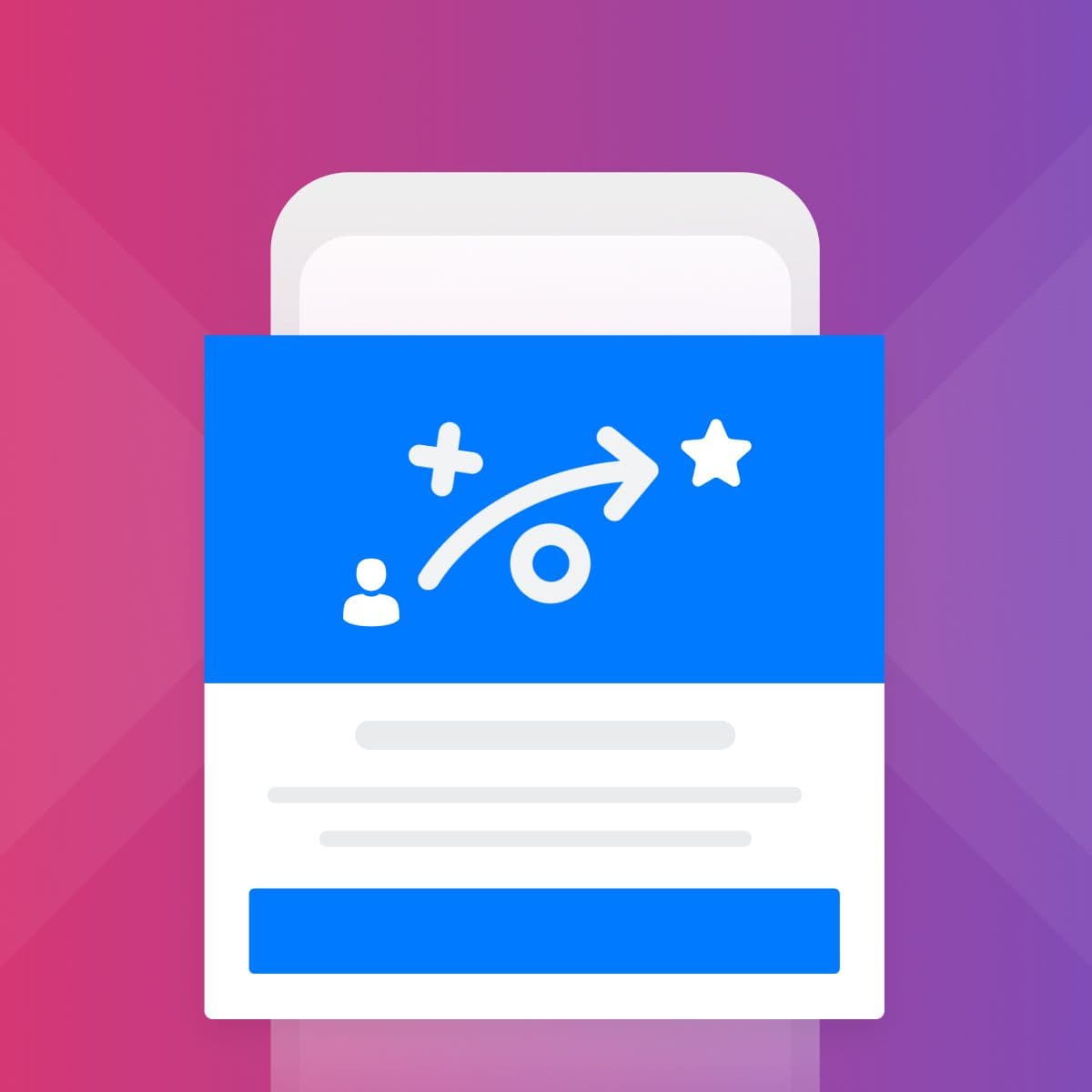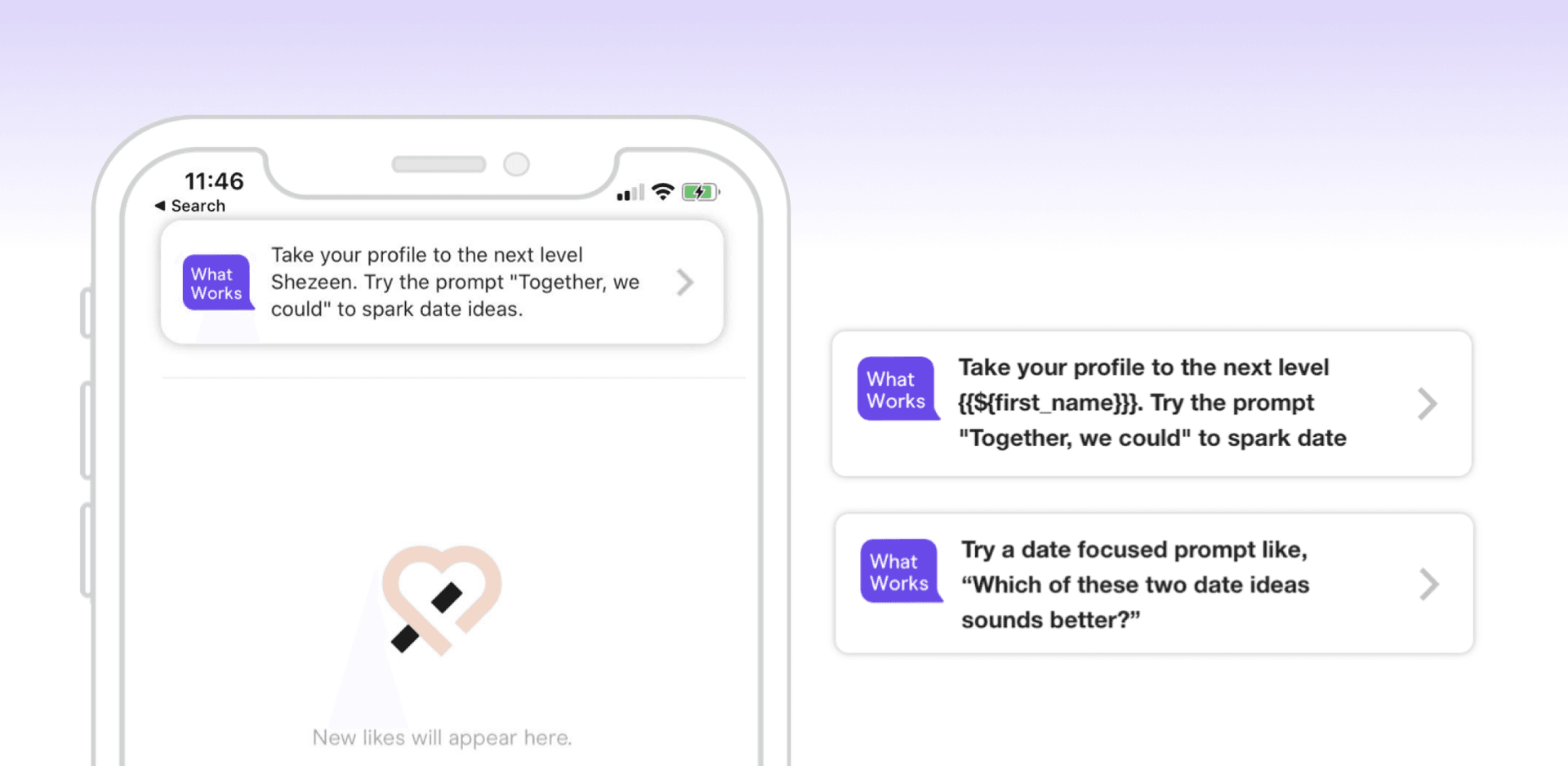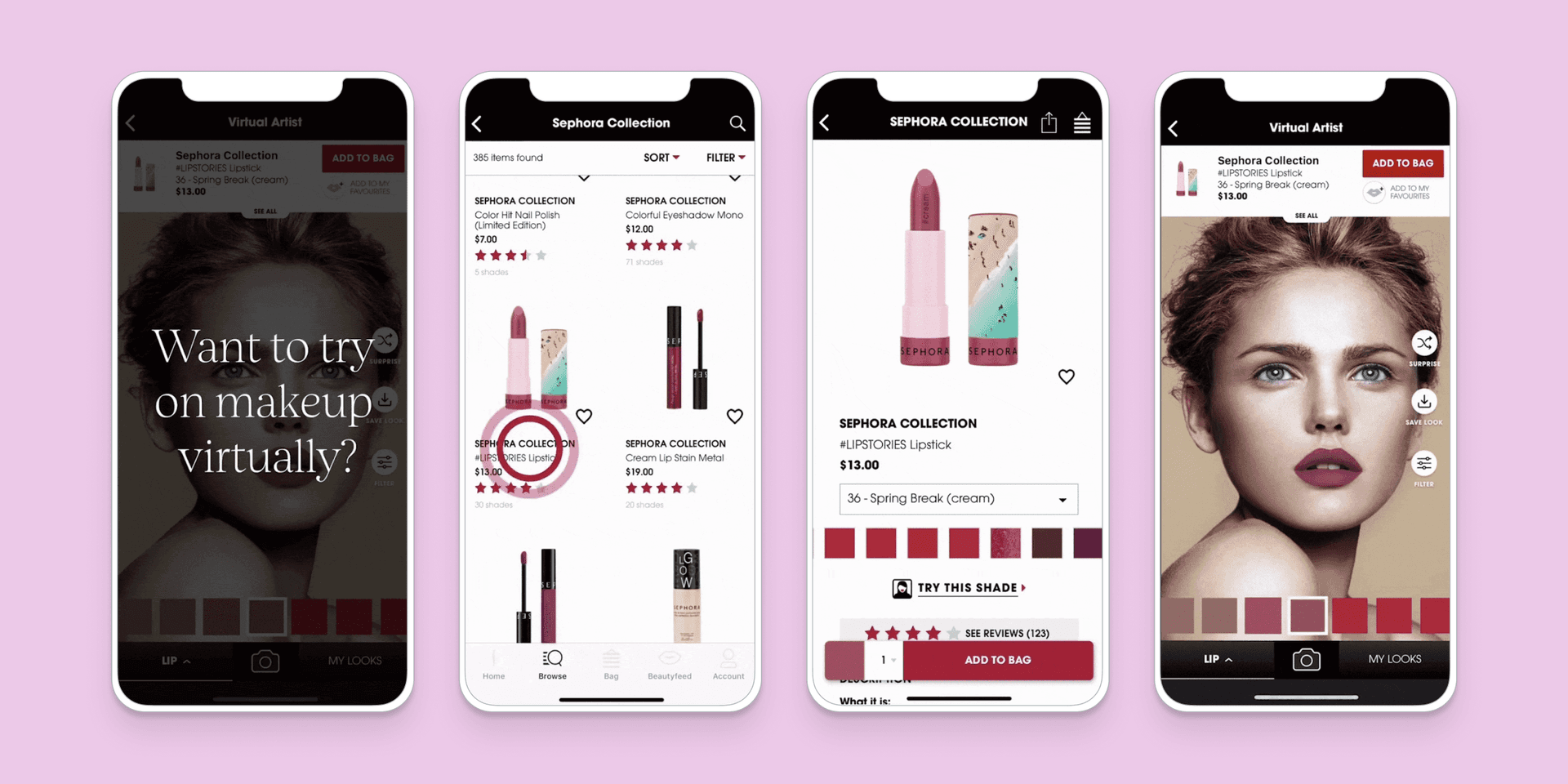5 Tactics to Make In-App Messaging Work for You
Published on February 18, 2021/Last edited on February 18, 2021/4 min read


Adam Swiderski
WriterWe’ve come to take the existence of mobile apps for granted, but do you remember the feeling of opening one for the first time on your very first smartphone? Carrying that much functionality around in one’s pocket made it feel like anything was possible. That was the end-user experience. For marketers working behind the scenes, the exploding world of mobile applications presented a new frontier in the effort to engage new and existing customers.
Now, however, app development has reached a more mature phase, and the same can be said for in-app messages (IAMs). While they’re still a relative newcomer when compared to venerable channels like email, IAMs have grown to become much more than a simple text pop-up box. Instead, they can deliver personalized, custom content that encourages deeper interaction with a brand and its products.
Making smart use of IAMs is a key portion of any cross-channel messaging strategy. Here are five tactics that’ll ensure you’re getting the most out of this key channel.
1. Support an Overall Cross-Channel Messaging Strategy
As with channels like push or email, in-app messaging works best when it’s part of a cross-channel approach. Its flexibility allows it to complement the strengths and weaknesses of other forms of messaging. For example, like push notifications, IAMs can be used to serve up timely and time-sensitive promotions, but can’t be turned off, meaning anyone who opens your app—usually the most engaged users at a moment when they’re prepared to interact—will see it. What’s more, modern IAMs can contain detailed content far beyond a simple call-to-action. Simply put, if there’s a hole in your cross-channel approach, look for ways that IAMs can fill it.
2. Act as a Personalized Storefront Window
While a user who opens your app is already likely to interact, IAMs provide the ability to put items, deals, and other key initiatives front and center, and thanks to their customizability, they can do so in an eye-catching and attractive way. But having something to show off is only half the battle—the other half comes in the form of personalization. Through this process, users can be shown content that speaks directly to their place in the customer journey at a time when they’re already primed to take the next step.
3. Successfully Onboard New Customers
One of the most common and effective ways to use IAMs is as a welcome to new app or web customers, introducing them to functionality and encouraging further interaction. This can familiarize users with features that you want to put front and center, and can even be used to open the door to other means of communication and interaction.
4. Help Retain and Share Important Updates With Lapsing Customers
Even the best and most useful apps are bound to see some lapse in interaction from customers from time to time, whether it’s because they’ve been distracted or because they haven’t been motivated to engage. In these circumstances, personalized IAMs can play a big role in bringing this portion of the audience back into the active fold. Whether it’s an offer of a promotional discount or a prompt to upgrade to the latest version, IAMs can be a handy way to goose lapsed customers and reignite their journey.

Of course, the trick is that these messages are only received once a user has actually opened an app, so once again, a cross-channel approach to lapsed customer outreach makes the most sense.
5. Engage Active and Loyal Customers
Perhaps IAMs’ greatest strength is that they’re capable of reaching customers who, simply by tapping to open an app, have demonstrated they are ready to engage with a brand’s content and services. While this segment of your audience still won’t enjoy having an activity interrupted with an untimely IAM, they’ll be much more receptive to exploring whatever new features and content you put in front of them. Through practices like deep linking, you can use IAMs to drive this audience toward particular products.

Final Thoughts
These are just a few of the ways IAMs can be made an effective part of your cross-channel messaging strategy. Thanks to their flexibility and ability to deliver highly customized, personalized content, IAMs can be a potent tool in the hands of a creative and efficient marketing team.
For more on all the places where IAMs can take you, check out the Braze In-App Messaging Guide.
Related Tags
Be Absolutely Engaging.™
Sign up for regular updates from Braze.
Related Content
View the Blog
How behavioral marketing turns data into personalized experiences

Team Braze

Are you AI-savvy enough to survive? A wake-up call for CMOs

Team Braze

What are contextual bandits? The AI behind smarter, real-time personalization
